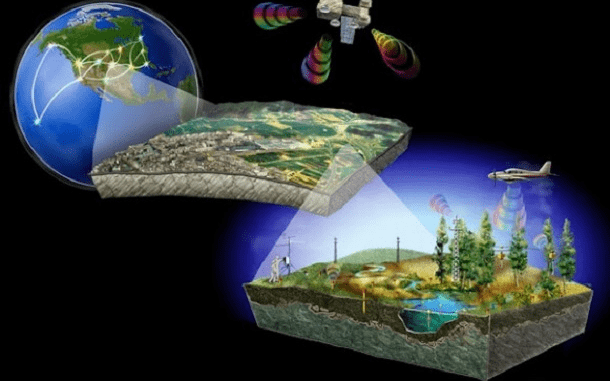
Remote sensing helps researchers study vegetation and soil moisture.
Chinese researchers recently initiated remote sensing experiments for vegetation and soil moisture in Hebei province, according to the Chinese Academy of Sciences’ Aerospace Information Research Institute.
“Vegetation plays a crucial role in the transfer of water between the land and the atmosphere, acting not only as a reservoir for terrestrial water resources, but also as a natural water pump,” said Husi Letu, a researcher from the institute.
“Traditional studies on water transfer have been limited to the microscale, which restricts our understanding of the water balance of entire ecosystems. There is an urgent need to develop modern technological methods that are capable of observation on a larger spatial scale.”
The experiments, based on an aviation platform, primarily used microwave technology to facilitate the precise observation of forests, farmlands and grasslands in the Saihanba mechanized forest farm and the Yudaokou ranch.
Microwaves possess strong penetration capabilities, enabling them to pass through clouds and vegetation, and function normally even at night and in rainy weather.
“Through multichannel microwave synergistic observation, researchers can delve into the internal moisture status and distribution of plants, and meticulously analyze the entire moisture transfer process from the soil to the plant stems, through the canopy and into the atmosphere,” said Zhao Tianjie, another researcher at the institute.
Data obtained from the experiment will be used to develop and verify intelligent remote sensing methods for key parameters of the terrestrial water cycle, such as soil moisture, plant moisture, plant water potential, atmospheric water vapor and evapotranspiration.
Researchers can further capture the internal moisture changes of plants through aerospace technology, and understand the complex interactions between soil moisture supply and atmospheric water demand.
The results of the experiments will provide technical support for the processing of observation data for domestic satellites, including China’s terrestrial water resources satellites and ocean salinity detection satellites.
The results will also offer a scientific basis for further enhancing the soil water storage capacity and water productivity of forests, and increasing the capacity for the conservation and regulation of water resources.
Source:
China Daily, Aug 9, 2024. https://www.chinadaily.com.cn/a/202408/09/WS66b57438a3104e74fddb9367.html